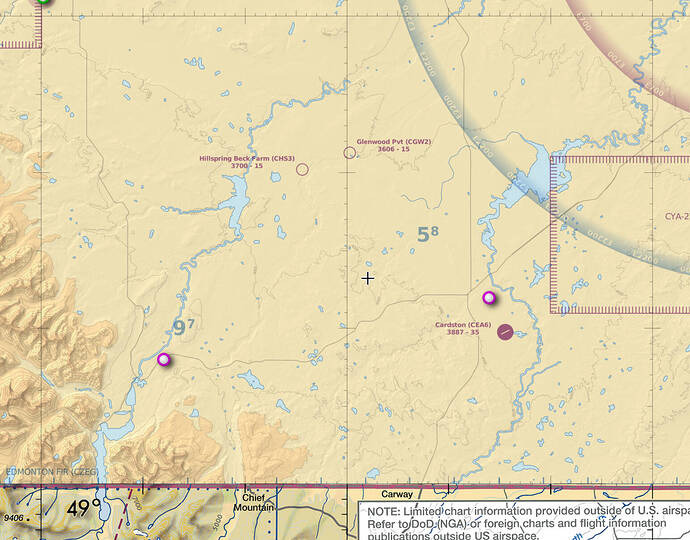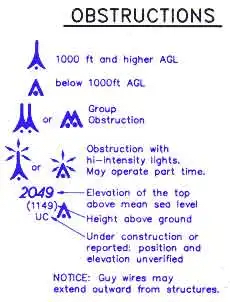I’m trying to fly this simulator as realistically as possible and I’m running into a concern over flying correctly. Perhaps there’s some RL pilots that can help me out.
AGL is Above Ground Level. However, when flying at a set altitude what is considered AGL? Let’s not get into the highest structure in a grid and avoidance either vertically or horizontally; I’m talking about flying cross country over large, sparsely populated areas.
I’m in Canada and Canadian Aviation Regulations state that, above 3,000’ AGL, one must fly a powered aircraft:
Magnetic Track 0-179 – Odd thousand feet for IFR and add 500 feet for VFR. e.g., IFR/VFR – 3,000’/3,500’; 5,000’/5,500’; 7,000’/7,500’; to a maximum altitude of 17,500’ for VFR.
Magnetic Track 180-359 – Even thousand feet for IFR and add 500 feet for VFR. e.g., IFR/VFR – 4,000’/4,500’; 6,000’/6,500’; 8,000’/8,500’; to a maximum altitude of 16,500’ for VFR.
When I’m flying East I like to fly about 5,500’ AGL and flying West at about 4,500’
I’ve read an awful lot of the CAR and nowhere can I find the definition of “Above Ground Level” or how to fly across fluctuating terrain.
Here’s an example to show why I’m asking this:
I fly VFR out of CYKF Region of Waterloo International Airport with an elevation of 1,054’. I flew a trip from there to CYEL Elliot Lake travelling around Georgian Bay. Along the way the land elevation fluctuates from a high of about 1,650’ ASL (Above Sea Level) to a low of about 600’ ASL. As you can see, if I set my altitude for either of those extremes I’m going to be flying into an inappropriate altitude. If I take the average I’d be flying into IFR territory.
So, my question goes back to, “How do you fly AGL?”
Thanks for any feedback.
Bob

